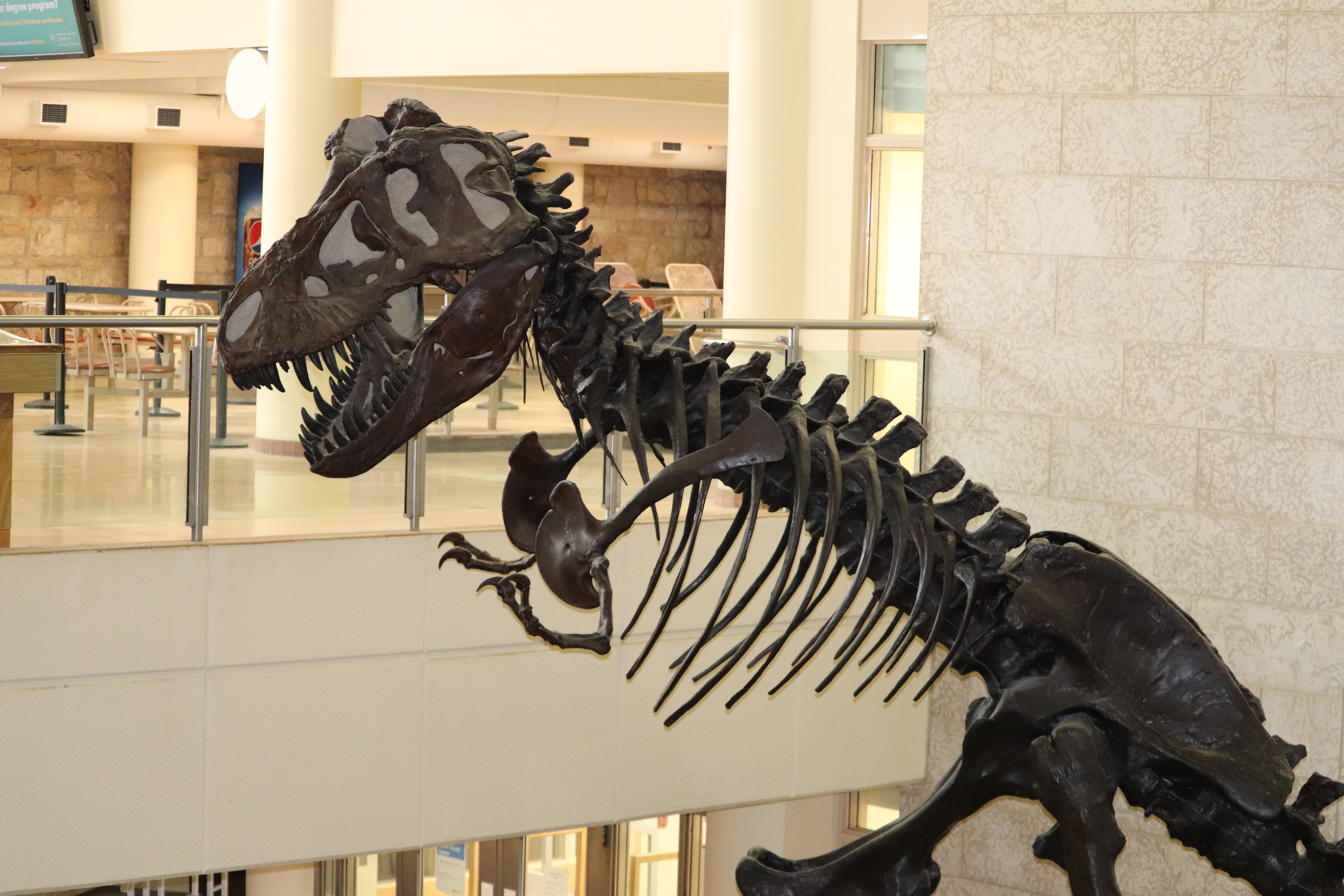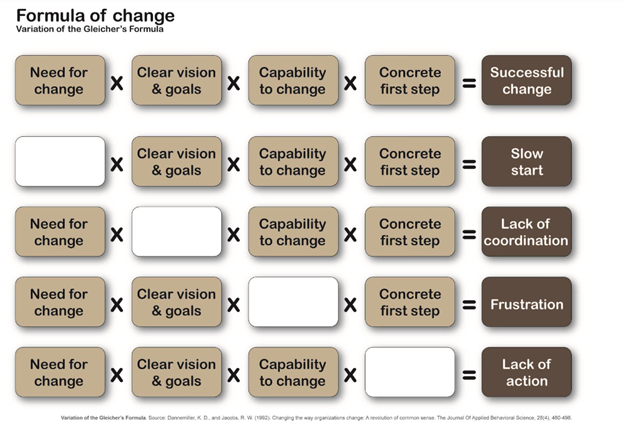
From Student to Researcher (in one Term!) Post 13: Transitioning from ‘Exploitation’ to ‘Exploration’: Getting One Hand Free
"It is hard to gather new treasure when both hands are clasped firmly on the small ‘precious’ nugget you are guarding." (H. Bull, 2021)
By Harold Bull, Dawn Giesbrecht and Sheryl Mills(This blog series is authored by USask denizens Harold Bull, Dawn Giesbrecht and Sheryl Mills) Harold is Assistant Professor Biochemistry, Microbiology & Immunology. Dawn is Laboratory Instructor Anatomy, Physiology and Pharmacology; Biochemistry, Microbiology and Immunology. Sheryl is Associate Director, Academic Programs & Interprofessional Education)
This episode is about ‘getting at least one hand free’ to explore another instructional approach—the CURE approach specifically (in case you are new to this thread).
The ‘precious nugget’ that Harold is referring to in the quote above is the teaching approach that we feel most secure with. We’ve used this approach enough to know that it does no harm (from our perspective), we can count on it, student evaluations aren’t horrible (if anybody responds), and we can do it from rote memory…perhaps even in our sleep (the picture above is the 'sage on the stage' you might be most familiar with!). It may be, however, that your ‘precious nugget’ approach is putting others to sleep—and wasting valuable opportunities for learning, engagement, and the excitement and enjoyment of discovery.
Just to hammer this point home a little more, there are two fundamentally different definitions for ‘precious[1]’. Be honest—is your ‘precious instructional nugget’ about the students learning (Definition 1 of precious), or you feeling great showcasing (show boating) your knowledge, your expertise, your excellence, your brilliance, and the important people you know to that captive audience created by your attendance policy? This would be the second definition of precious. If you have had the opportunity to be in a space of discovery, innovation, collaboration, engagement, and productivity, you know how different this feels from being in even the most engaging lecture. This is the first definition of precious.
We get it! It is easier to exploit[2] the ‘same old, same old’. It is comfortable, requires less energy, is often accepted as standard practice by the wider group of our peers, etc. No doubt there are many reasons for continuing to exploit rather than explore…i.e. Harold’s first thought was “the slides were already made from last year(s)” 🙄…
Getting a Hand Free
You know us well enough by now (if you have read the previous 10+ episodes in this series) to feel a theory coming on. We’ve been hanging onto this one for awhile: a theory of change. 🎉🎉
The following figure outlines different parameters required for successful change. Episodes 1 -12 made the case for (1) the need for change[3], (2) clear vision and goals[4], and (3) capability to change[5]. Gleicher’s formula pulls all our episodes together and it’s time to get a hand free to take those first steps. Let’s dive into some potential ‘concrete first steps’.
Figure 1 Formula of change [6]

Figure 1: Formula for change from Gleichen's Formula for Change
Concrete Ideas For a First Step
- Add choice into your existing course outline
- Find at least one aspect of your course where you are willing to be surprised by what the learners contribute. Examples include:
- Ask learners choose and justify their topics
- Ask learners what they are most interested in learning about in the context of this course
- Provide flexibility in your attendance policy
- Encourage learners to pitch assessment formats, either as a class or individually.[7]
- If you use teams or groups in your course, use either a random selection technique to create groups, or have learners choose their own teams (keep teams to five or under[8])
- If your course involves a traditional lab, allow learners to develop an experiment within the course parameters rather than exploiting a tried-and-true re-enactment, yet again[9]
- Share responsibilities with learners[10]
- Divvy up topic areas and have learner teams teach one another[11], [12]
- Set up peer-review processes within the course[13]
- Have learners share their work with a wider audience—beyond the course
- Have learners contribute assessment questions/activities/formats etc.
- Independence—without abandonment
- Support independent work with regular scheduled check-ins to reassure learners they are ‘on track’[14]
Stay tuned for Concrete NEXT Steps in your CURE Exploration…Same Blog Channel, Same Blog Time!
Find ALL BLOG POSTS IN THIS SERIES HERE. Find the PREVIOUS POST HERE. Find the NEXT POST HERE.
Podcasts related to this series:
All About CURE:
The MightyChondria Team:
[1] There are two diametrically opposed meanings attributed to “precious” 1. valuable or important and not to be wasted; and 2. very formal, exaggerated, and not natural in what you say and do
[2] The Explore/Exploit paradigm offers us a cool way to look at how we ‘choose’ the way we teach. Sometimes we choose by default: it is what we know because that is how we were taught and this perpetuates ways of teaching that may or may not be the most effective. Sometimes we just cannot stay the same. Exploiting the old ‘tried and true’ might actually be irresponsible at the extreme end and just not responsive at the kinder end. We are encouraging you to explore using the CURE approach—obviously!
[3] You would have stopped reading a long time ago if you felt no need for change!
[4] Yup. The CURE goals are clear—from student to researcher in 3 cu’s, from our perspective.
[5] In an earlier episodes in this series we outlined (1) the ‘science’ of the CURE approach indicating that it is possible to change, and (2) the beliefs and values that facilitated the incorporation of the CURE approach.
[6] From Gleicher’s Formula for Change.
[7] HB is still waiting for a learner to propose interpretive dance…
[8] Unless your course is on football…
[9] Contact Dawn for ideas on incorporating a CURE section within a traditional lab.
[10] Back off! Sharing responsibility is beneficial to learner development—and instructor workload. 😉
[11] Admit it, you learned a lot preparing and delivering YOUR lectures.
[12] See the stunning table aligning CURE skills development and Career Readiness Competencies in an earlier episode in this series!
[13] Anything that is handed in to you has gone through several iterations before you have to grade it. BONUS!
[14] Regular check-ins do not have to be lengthy. Think about scheduling two per term. It is reassuring as well for the instructor to know the learners are on track. This creates a nice feedback loop.

